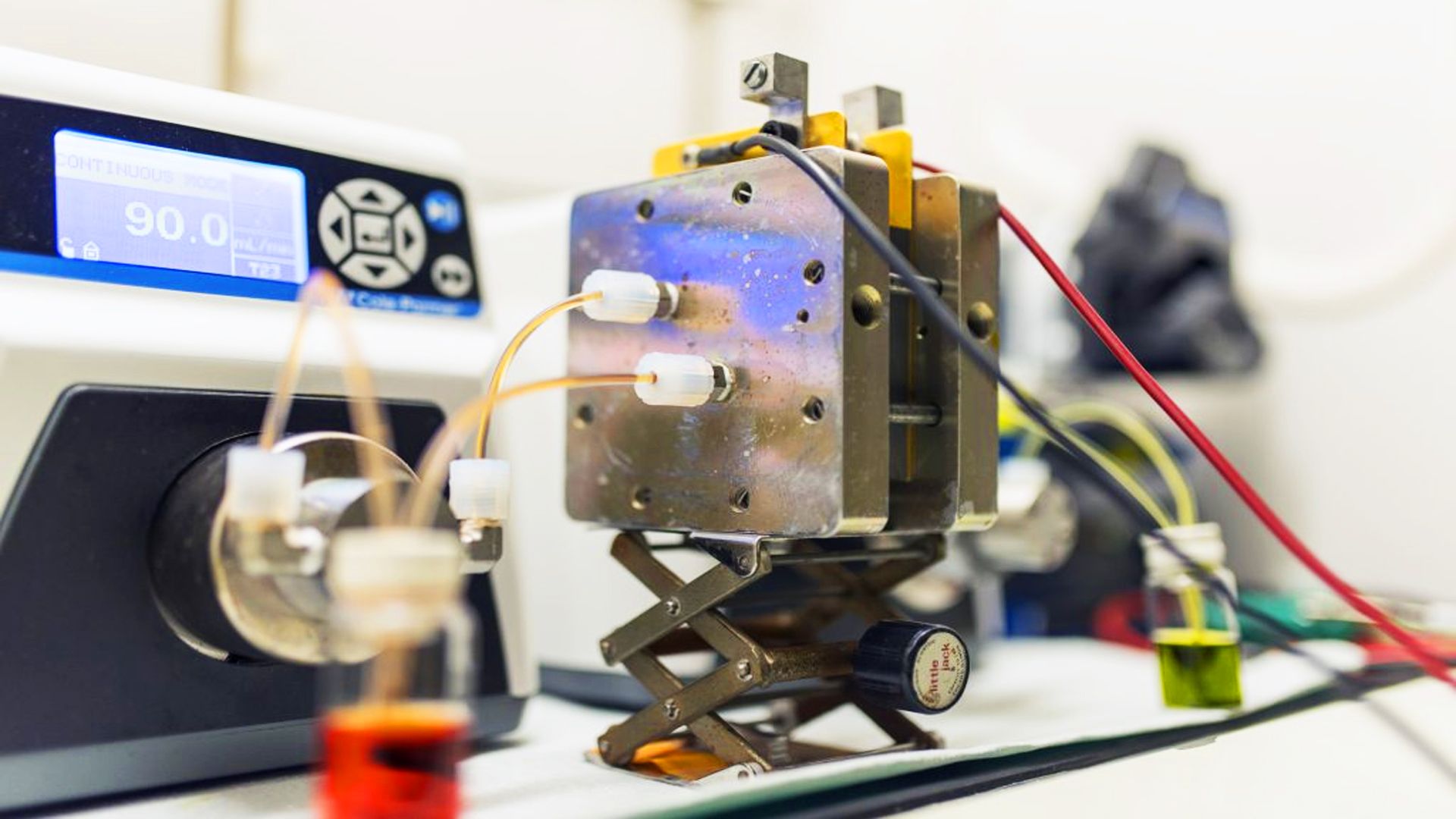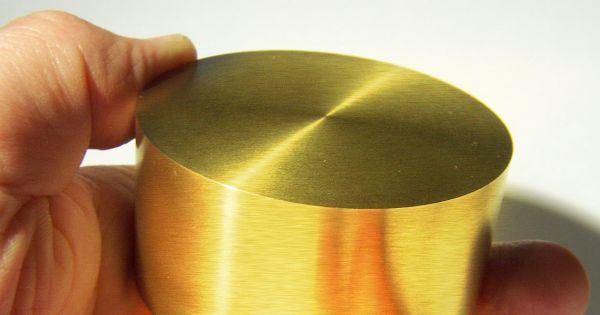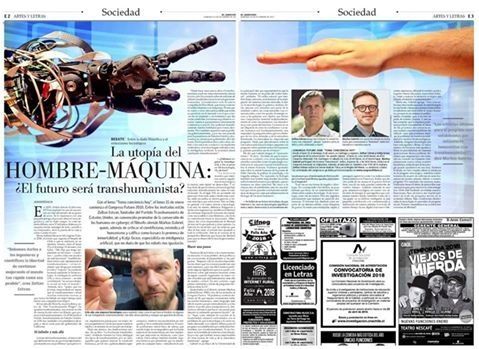These tiny robots are just 100 grams, but they are strong enough to pull an entire car.
Get the latest international news and world events from around the world.
UK Gets Right To Decent Internet
Imagine having your government declare fast internet a basic human right.
China is building vertical forests that will produce 60 kg of oxygen a day
Best of 2017: A breath of fresh air.
LED braces use light to help teeth heal
Dental hygiene options are looking a little brighter.
Le Petit Chef is an AR dining experience
This animated dining experince is nothing short of magical!
These snap-on pods give your phone power when you need it
These snap-on pods provide extra power to your smartphone.


Titanium-Gold Alloy: Physicists Combine Gold with Titanium And Quadruple Its Strength
Scientists from Rice University have discovered a titanium alloy that’s better than titanium at being a medical implant, and it is four times harder than titanium and a vast majority of steels.
When it comes to bone replacements, the go-to material is still titanium. Hard, wear-resistant, and compatible to the body, titanium looks like the best alternative to actual bone, maybe even better. Who knew that you could improve the ‘gold standard’ by just adding actual gold?
The U.S. Will Allow Scientists To Create Deadly Viruses
Why is the U.S. allowing scientists to create deadly viruses?

Great way to start the year out
Yesterday, El Mercurio (A major paper in Chile and Latin America with abt 300,000 copies) published a big feature on #transhumanism that starts with my work and interview. I believe 2018 will continue the fast growing trend of international major media covering how the transhumanism movement is changing the world: http://impresa.elmercurio.com/Pages/NewsDetail.aspx?dt=2017&…2&bodyid=6 #transhumanismo #Spanish